It’s surprisingly emotional to watch a plant die in front of you. You can’t ask your plant what’s wrong, and sometimes a remedy actually makes it worse. We’re here to help you save your dying plants – and save yourself from the stress of killing (yet another) houseplant.
Signs that your plant might be dying include:
- Yellowing leaves
- Browning leaves
- Shriveling
- Discontinued growth
- Droopy leaves
That said, some of these symptoms are totally normal for plants. Your oak tree isn’t dying if the leaves get yellow and fall off in the fall – that’s just autumn. But if things definitely seem abnormal, it’s time to try to rescue your dying plant.
Step 1: Know What Your Plant Needs
Hopefully, you’ve got an idea of what your plant needs to stay alive. Researching your plant and its needs should be the first step before you even purchase the plant – but it’s also important to revisit it if things are going wrong. Knowing what your plants need is the best way to keep them alive.
Many plants need supplemental fertilizer or specific nutrients. If you’re just leaving your plant in good sunlight and giving enough water, it still might not be enough. Take a deep dive into the needs of your plant, making sure you research light, nutrient, water, pot size, soil type, and dormancy needs!
Keep in mind that what makes one plant thrive can easily kill another. The plants in the Amazon river basin that get flooded every year would quickly die in the desert, and vice versa!

Step 2: Know Your Plant’s Lifecycle
All plants die eventually. While it’s still a bit sad, many plants are quite short-lived. While you’re researching your plant’s needs, keep in mind what your plant’s lifespan is like. Many outdoor plants are annuals that die every fall. Common annual plants include chrysanthemum, begonia, cosmo, dahlia, marigold, pansies, and petunias.
Many other plants go dormant over the winter. They may look dead, but they’re not. Most plants should be kept in cool, dry, dim places while they’re dormant – but this will depend on the species.
Step 3: Check for Overwatering
Common signs of overwatering include yellow leaves, mold at the base of your plant, and soft or wet soil.
Give your plant a chance to dry out by putting it in the sun and ensuring that the soil can drain. This might mean re-potting the plant so that it’s got a hole in the bottom or porous lava rocks beneath the soil.
Step 4: Check for Under-Watering
Common signs of under-watering include droopy leaves or leaves falling from the plant.
Most indoor plants are tropical, so they prefer even distribution of warm-ish water. Try not to let your plant’s soil dry out completely between waterings (usually). Of course, cacti and succulents, as well as epiphytes like orchids, will need far less water than a truly tropical plant.
Some plants actually do better with soaking versus watering. Bonsai trees are a common example of a plant that actually should be submerged and soaked intermittently rather than watered.
Step 5: Check the Sunlight Amount
Some plants love full sun, while others are shade-lovers. You can quickly fry a violet in full sun, while a sunflower will wither in your dark cubicle.
If your plant is getting spindly, reaching for sunlight, and/or dropping leaves, it might need more sunlight. You may need to move the plant or provide artificial sunlight.
If your plant’s leaves are getting blanched, it might be getting burnt. Try moving the plant to a part of your house with less sunlight or give it some shade during the hottest part of the day.
Step 6: Check for Bugs
There are all sorts of nasty bugs that can hurt your houseplants and garden plants. If your plant is starting to look a bit sickly, check for small spots on the stem, underside of leaves in particular. It can be hard to spot pests and even harder to treat them – each type of bug needs a slightly different treatment. Read about some of the most common garden pests and how to treat them here.
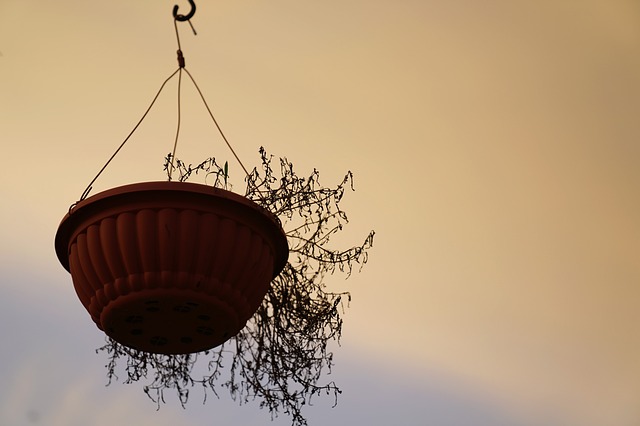
Step 7: Check Humidity
Some plants really need a moist environment to thrive. Keep your plant away from heaters, air conditioners, and vents. Many plants in dry environments will do best with a humidifier. Misting plants or grouping them together can help, but a humidifier is your best bet.
Step 8: Check Your Pot Size
It’s easy to forget to re-pot your plants regularly, but this is absolutely necessary for keeping your plants happy and healthy! If your plant is bigger than its pot, you’ve got to give it more space. Plants can strangle themselves with their roots if we don’t give them space to breathe! Re-pot your plants right after purchasing them and as they grow.
Step 9: Check Soil Contents
Potting soil rots and loses nutrients over time. Some plants need more of specific nutrients than others. Both of these factors can slowly kill your plant if you’re not on top of it! Know what nutrients your plant likely needs more of and fertilize your plant appropriately. Even if you’re doing OK there, it’s still a good idea to change the potting soil for your plant every so often.
Plants with crispy or black leaves are probably over-fertilized, while plants that are failing to thrive might need more nutrients.
If your plant has gone totally brown, it’s probably too late to save it. You can always try giving it a shot of sunlight, water, and fertilizer and it might come back – but it might not.
How did you revive your dying plants? Share your tips below!













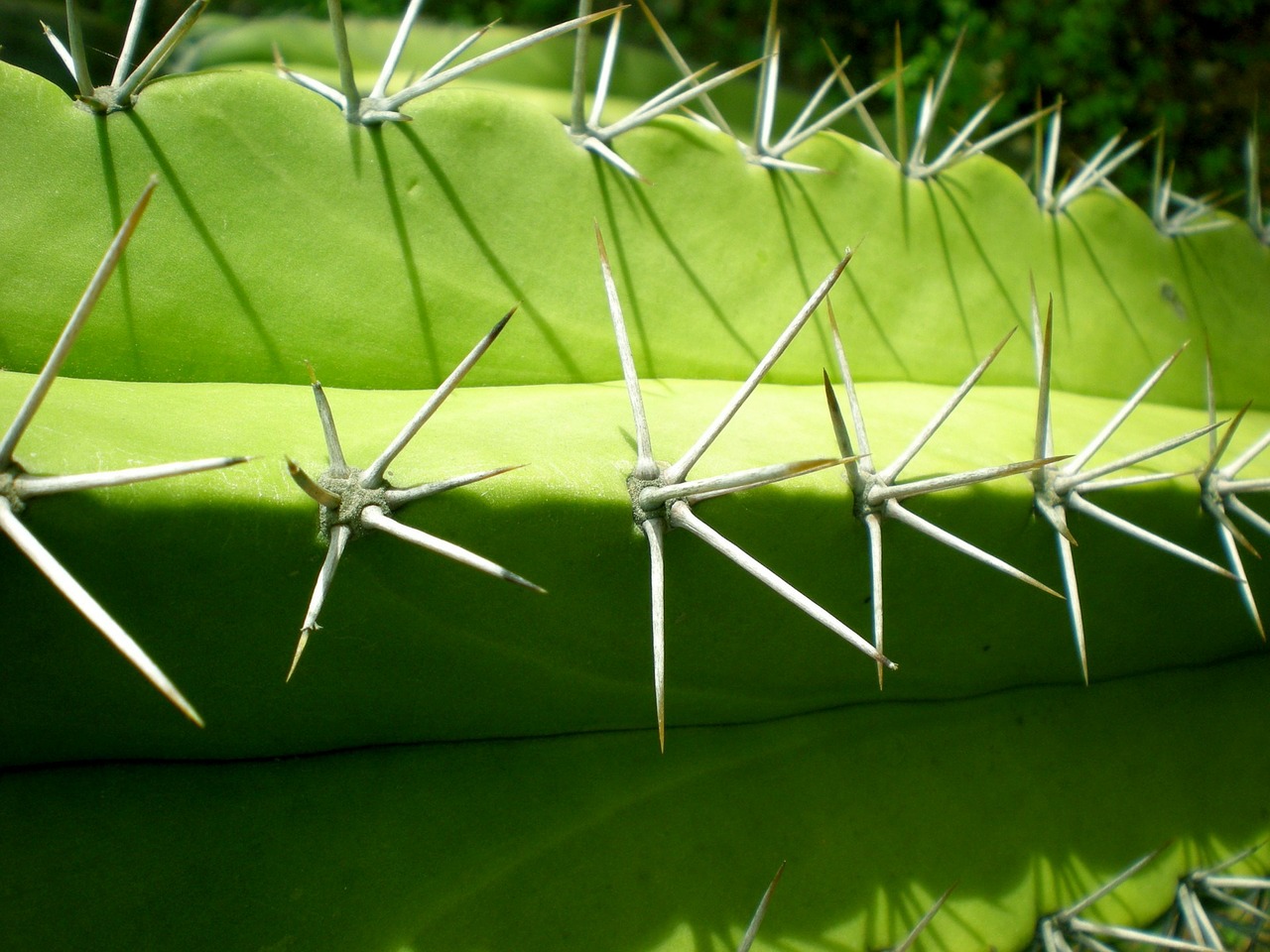
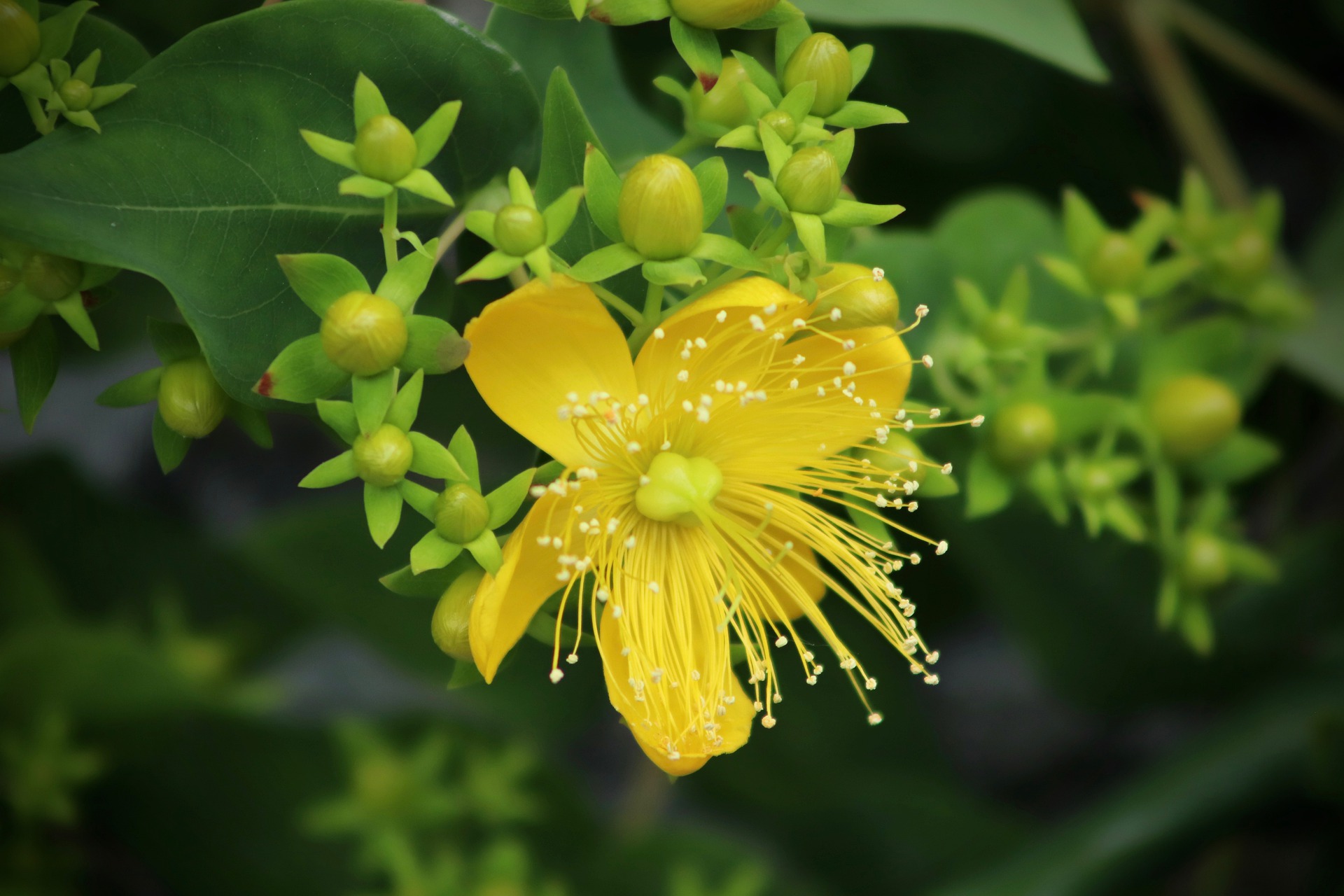
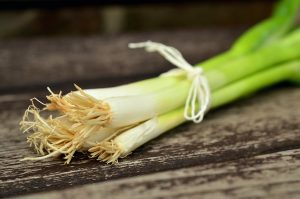
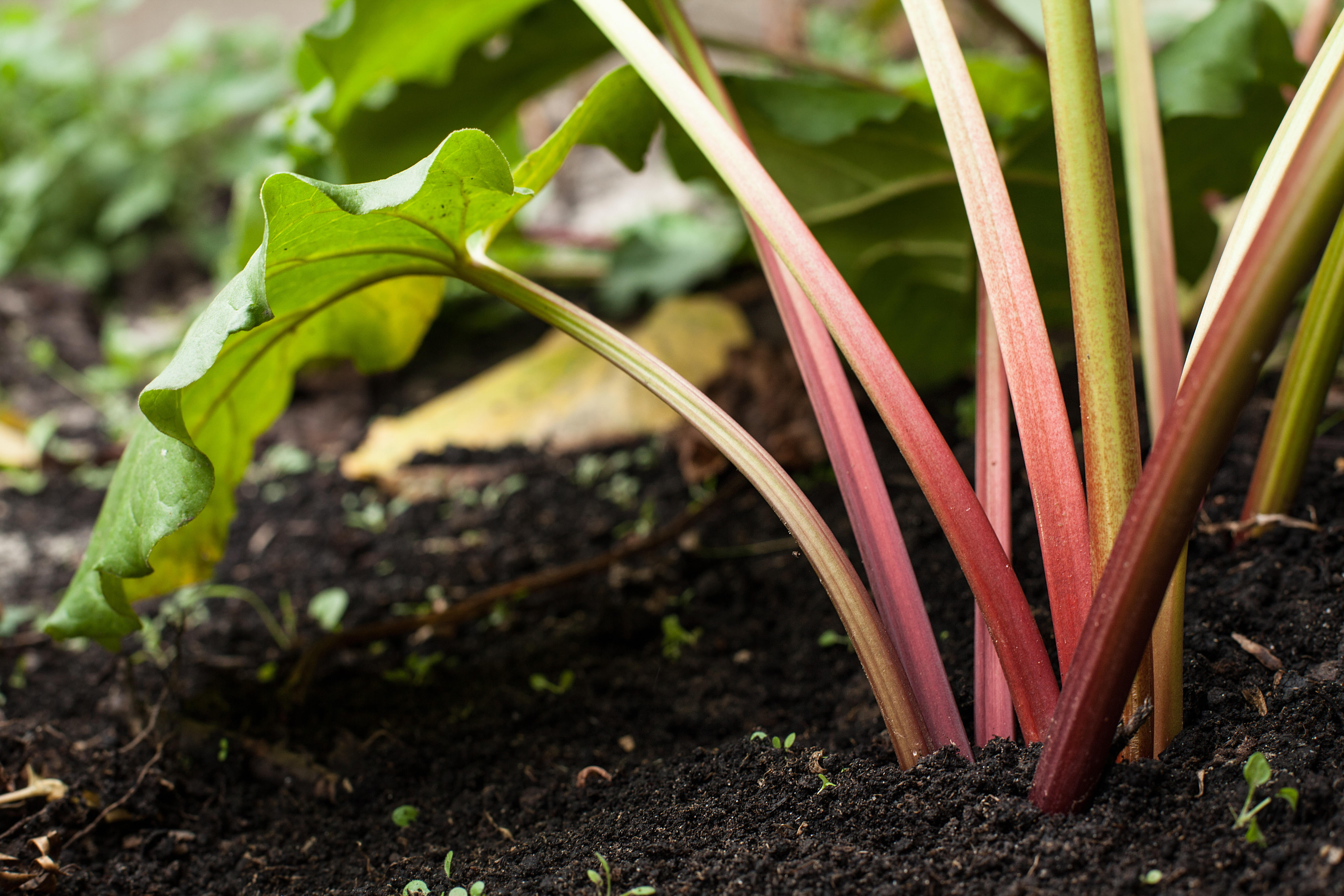


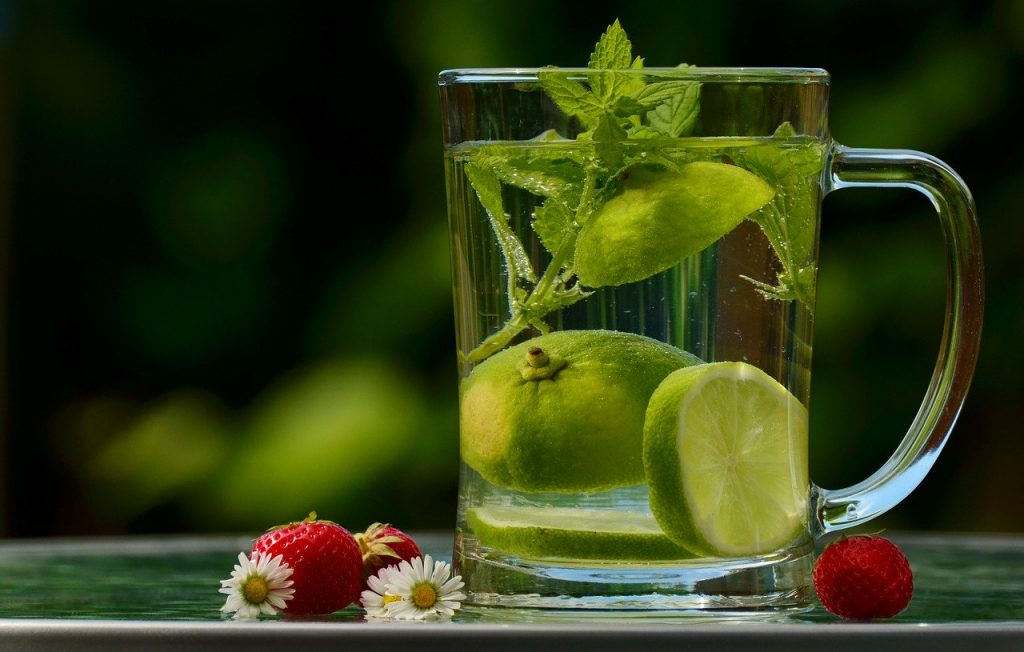
I received a ficus microcarpa ginseng which suddenly started dropping leaves all over, even those that looked quite healthy still. Please help!
Have a twenty foot section of philodendron that has broken off.How can i save it???
Red aglonema leaves are drooping soil is moist, checked all you mentioned, but just not doing.
Help
Just bought a Beautiful aloe plant it had to much water. I tried to replant its falling apart .Where can i bring it so they can help it.